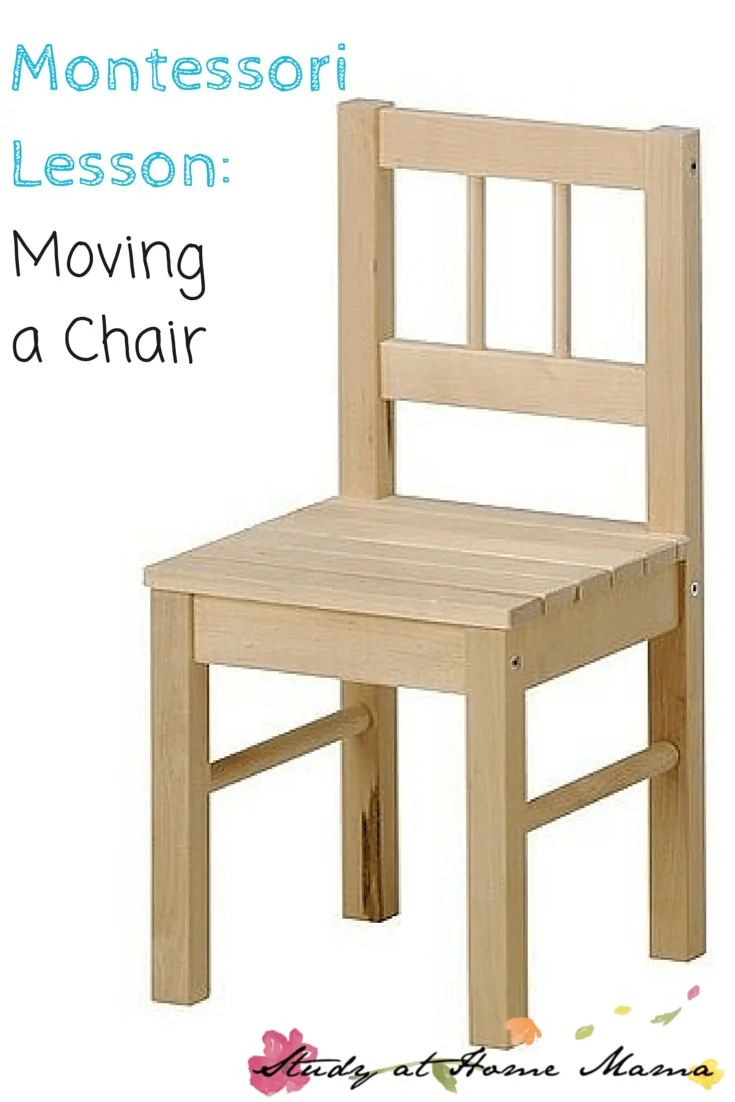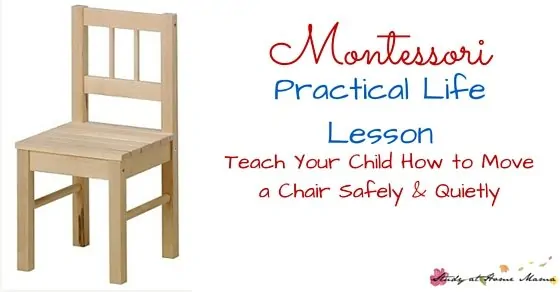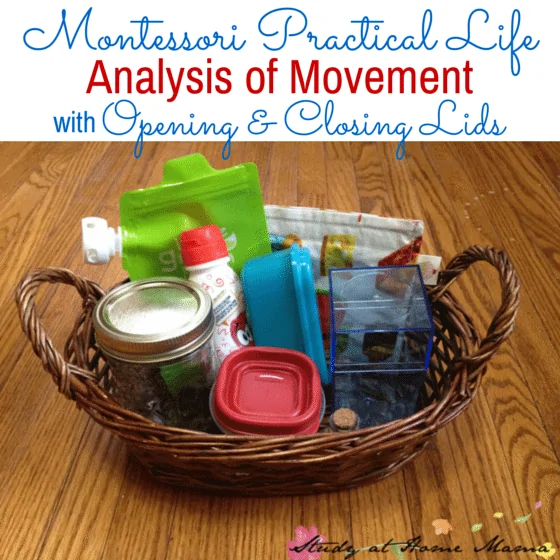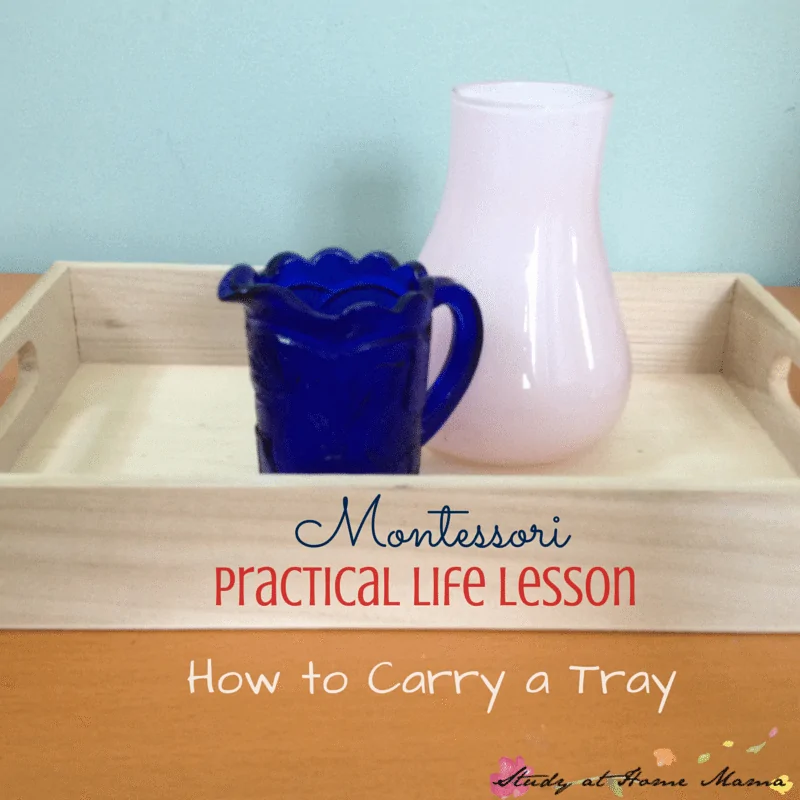Practical Life: Moving a Chair
I am so excited to introduce this new series on Montessori Practical Life Lessons and Presentations, written by Montessori Teacher Beth Holley.
Our hope is to develop a online Practical Life album of sorts, so that parents and teachers can have a trustworthy and accessible source for Montessori lessons to aid you in the first step of Montessori normalization.
I hope you enjoy this new series, and if you’re interested in reading more about the theory behind these lessons, be sure to check out Beth’s website or check out her albums on Teachers Pay Teachers.
The following is a guest post by Beth Holley.
Today we begin our posts sharing the theory and activities of the Montessori Practical Life area, which helps your child to become more independent in taking care of herself and her surroundings. We sometimes call these activities “life skills,” and some of them may seem too simple to mention, but there’s more than meets the eye.
The most simple activities are referred to as “preliminary exercises.” These are the most basic practical life skills we show a child–skills like softly opening and closing doors or handling a work mat.
Have you ever noticed your preschooler struggling to open a drawer or to drag a chair across the room? Sometimes we forget that the child is not familiar with these simple movements. We briefly highlight them to help the child become more successful and to show carefully handling our things.
The skills you demonstrate will depend partly on your own home or classroom environment.
Here’s the beautiful part of the story: In the first Montessori children’s houses, before there were a lot of other teaching materials, the children did almost exclusively Practical Life activities. Dr. Montessori and her colleagues noticed how careful and graceful the children became after being shown many simple exercises– how to hold, carry, fold, or pour.
Later, Dr. Montessori concluded that this careful movement and handling of things was very important in the child’s development, as it connected her mind to her body, paving the way for concentration and purposeful work.
Let’s look at how we might show a preliminary exercise, such as handling a chair.
How to Teach a Child to Carry a Chair
Direct Purpose: to learn the careful handling of a chair
Indirect Purpose: control of movement, independence, and concentration.
Material: a child-sized chair
Age: 2 1⁄2 – 3
Presentation:
- Say, “I’m going to show you how to carry a chair. Watch me, so you’ll know how to do it.”
- Stand behind a chair that is tucked under the table.
- Grasp the back of the chair with both hands, one on each side.
- Lift the chair an inch or two off the floor, look behind you, then carefully step backuntil the chair is clear of the table.
- To put the chair down, make one point of contact, then lower the rest of the legs softly.
- Now stand beside the chair.
- Grasp the chair with two hands, one on the top back rung and the other on the front of the seat.
- Lift the chair and hold it without touching your body.
- Walk several paces and lower the chair as before, first making one point of contact.
- Lift the chair as before, and walk back to the table.
- Gently lower the chair as before, such that it is facing the table.
- Finally, stand behind the chair; grasp the back of the chair with both hands, lift it an inch or two, and walk forward until the seat of the chair is under the table, now lower it as before.
- Invite the child to try.
Points of Interest:
- Are the child’s hands placed well?
- Does she bump the table?
- Does she stand beside the chair to carry it?
- Does she walk slowly?
- Does she put it down noiselessly?
Note: If the child needs more guidance, the teacher will re–present the activity highlighting the child’s difficulty, for example, saying “This time, listen to see if I make a noise!” In this manner, the teacher does not directly point out a child’s “mistakes,” which can be discouraging.
Wow! That’s a lot of detail. Dr. Montessori discovered the more precisely you show a young child an activity, the more fascinated she becomes and the more she attempts to imitate your movements.
For the next couple of posts, we’ll continue to look at a few more preliminary exercises before moving on to more complex practical life skills.
Check out the next lessons in our Montessori practical life lessons series, Analysis of Movement and Carrying a Tray.






Amazing, helpful information a lot of thanks. Great collection of articles to maintain the moving chair. By this articles, I learn a lot of technique to make it home. Thanks a lot.
Thank you this was so helpful!!